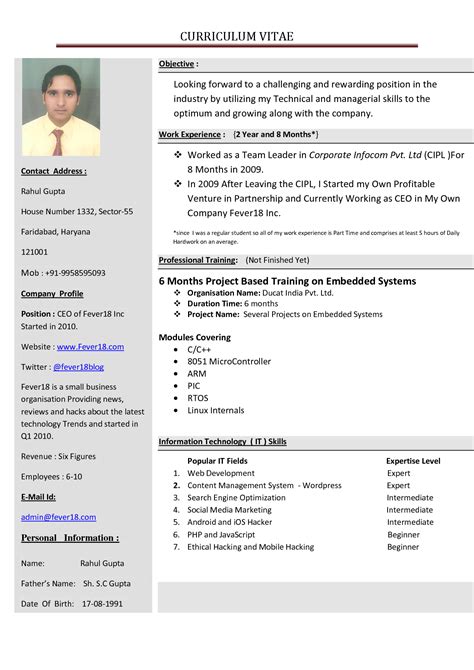How to Prepare a Resume That Gets You the Job
Landing your dream job starts with a compelling resume. This isn't just a list of your work history; it's a marketing document showcasing your skills and experience to potential employers. A well-crafted resume can make the difference between getting an interview and getting overlooked. This guide will walk you through each step, helping you create a resume that grabs attention and gets you noticed.
Understanding Your Target Audience
Before you even start writing, consider who will be reading your resume. Different industries and roles have different expectations. Research the company and the specific job description to understand their needs and tailor your resume accordingly. What keywords are they using? What skills are they prioritizing? This targeted approach will significantly improve your chances.
Choosing the Right Resume Format
There are several resume formats, each with its own strengths:
Chronological Resume:
- Best for: Candidates with a consistent work history and significant experience in their field.
- Focus: Presents work experience in reverse chronological order, highlighting career progression.
Functional Resume:
- Best for: Candidates with gaps in their work history, career changers, or those wanting to highlight specific skills.
- Focus: Emphasizes skills and accomplishments over chronological work history.
Combination Resume:
- Best for: A blend of the chronological and functional formats, allowing you to showcase both skills and experience.
- Focus: Combines the strengths of both formats, offering a balanced approach.
Choose the format that best highlights your strengths and aligns with the job requirements.
Essential Sections of a Winning Resume
Your resume should include these key sections:
Contact Information:
- Must-haves: Your full name (use a professional font), phone number, email address, and LinkedIn profile URL (optional, but highly recommended). Consider including your location (city and state) but omit your full address for privacy reasons.
Summary/Objective (Optional but Recommended):
- Summary: A brief overview of your key skills and accomplishments, suitable for experienced professionals. Highlight your most relevant achievements and how they align with the target job.
- Objective: A concise statement of your career goals, ideal for entry-level candidates or career changers. Focus on what you want to achieve and how your skills will benefit the employer.
Skills:
- Keyword Optimization: Include both hard skills (technical abilities) and soft skills (interpersonal abilities). Tailor this section to the specific job description, using keywords from the listing.
Experience:
- Action Verbs: Start each bullet point with a strong action verb (e.g., managed, developed, implemented, achieved).
- Quantifiable Results: Whenever possible, quantify your accomplishments using numbers and data to demonstrate your impact (e.g., "Increased sales by 15%," "Managed a team of 10").
- Relevance: Focus on experiences relevant to the target job.
Education:
- Degrees and Certifications: List your degrees, certifications, and relevant coursework. Include the institution's name, location, degree earned, graduation date (or expected graduation date), and GPA (optional, include if above 3.5).
Tips for a Standout Resume
- Use a professional font and consistent formatting: A clean and organized resume is easy to read and makes a positive impression.
- Proofread meticulously: Errors in grammar and spelling are immediate red flags. Have someone else review your resume before submitting it.
- Keep it concise: Aim for one page, especially if you have less than 10 years of experience.
- Use keywords strategically: Incorporate relevant keywords throughout your resume to improve your chances of getting noticed by Applicant Tracking Systems (ATS).
- Tailor your resume to each job application: Don't use a generic resume for every job. Customize it to match the specific requirements of each role.
- Get feedback: Ask friends, family, or career counselors to review your resume and provide constructive criticism.
By following these steps and tailoring your resume to each job application, you’ll significantly increase your chances of landing an interview and ultimately, your dream job. Remember, your resume is your first impression – make it count!
